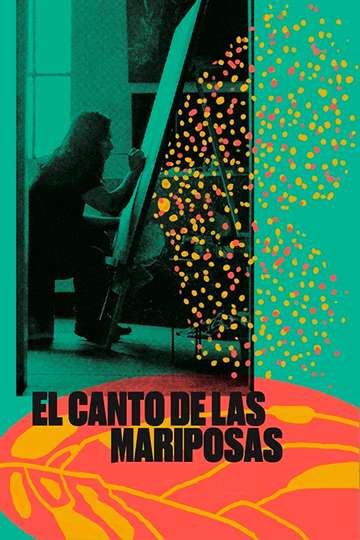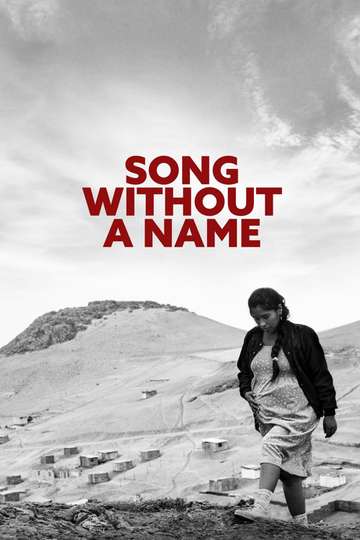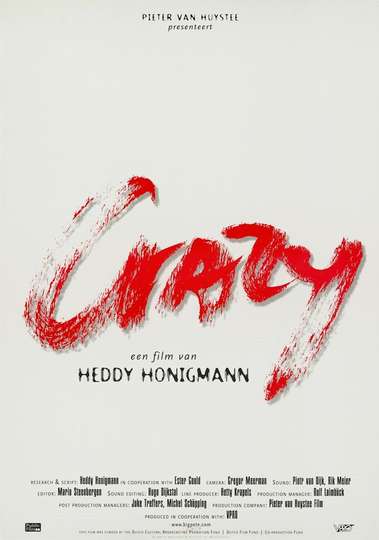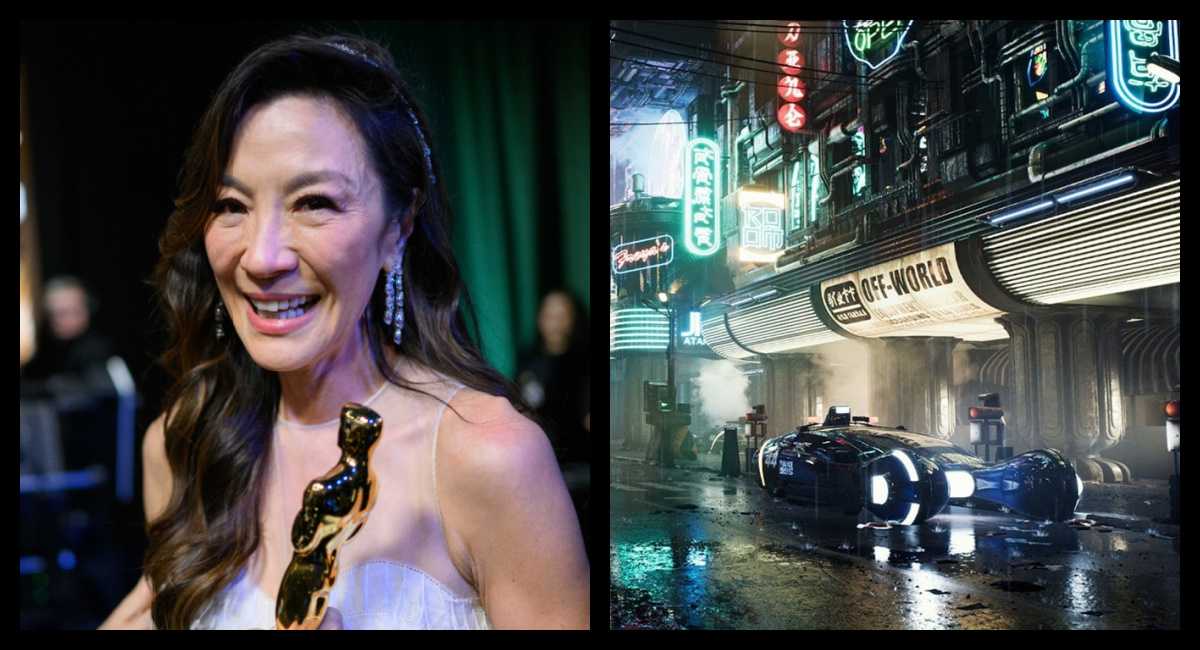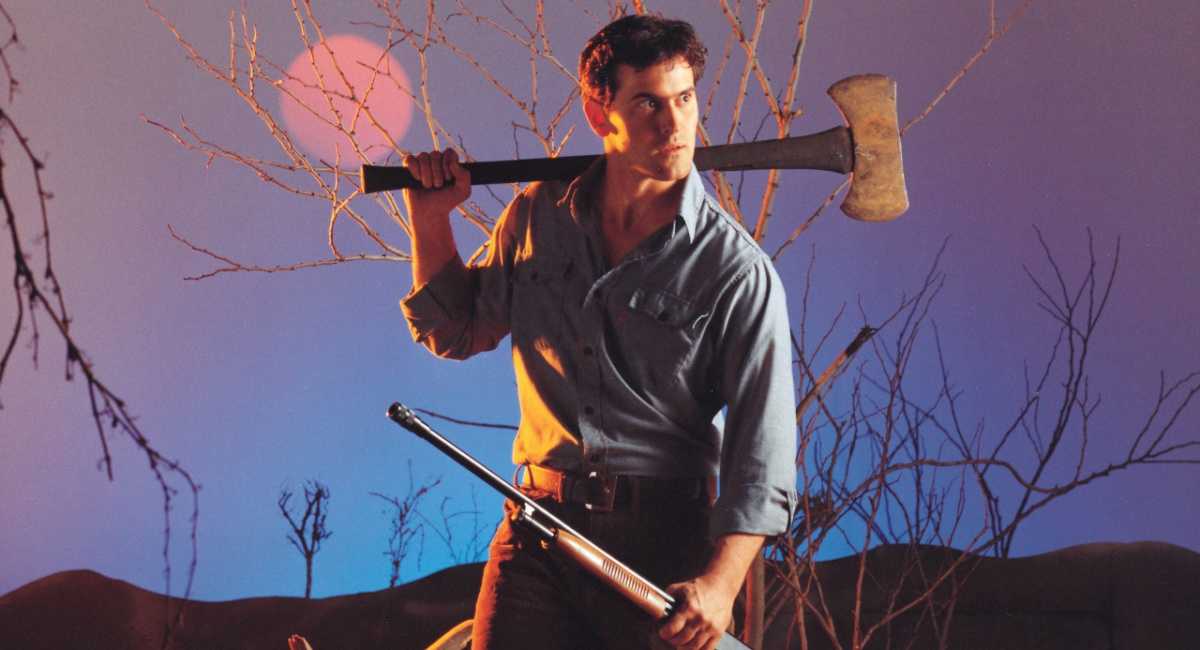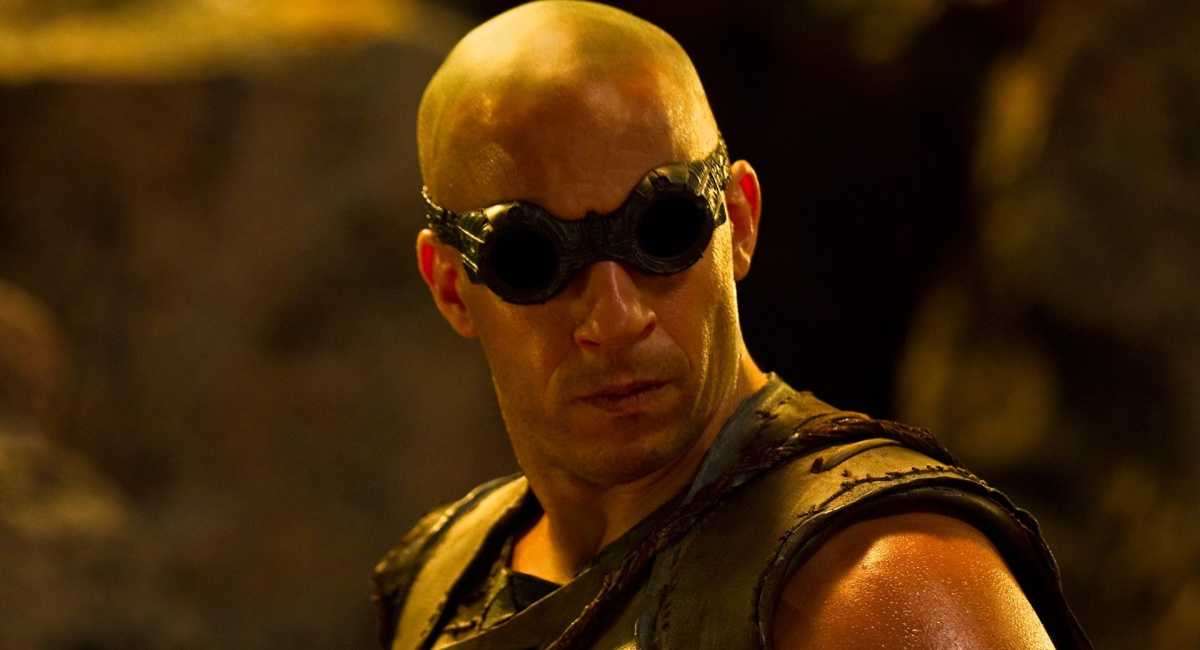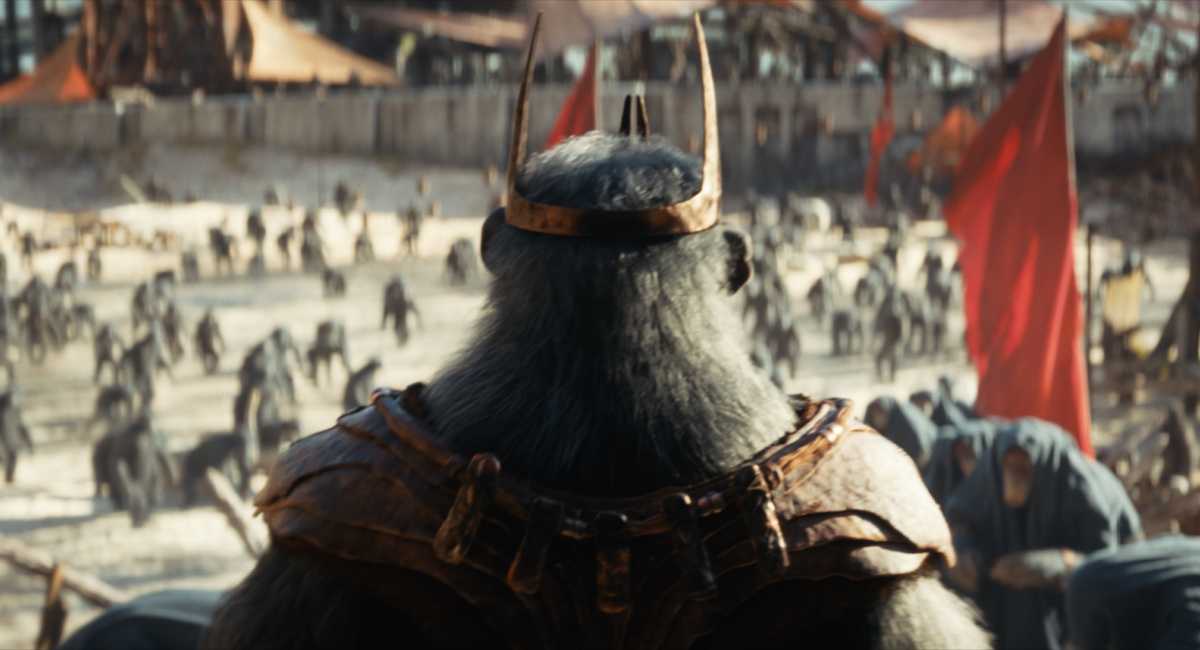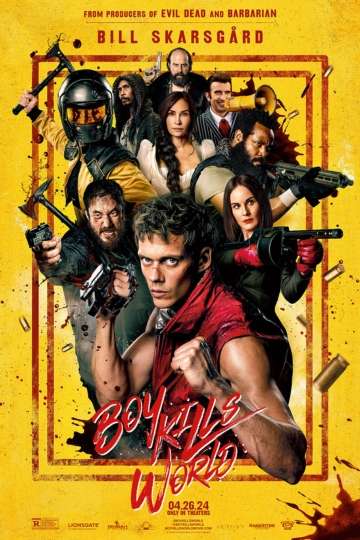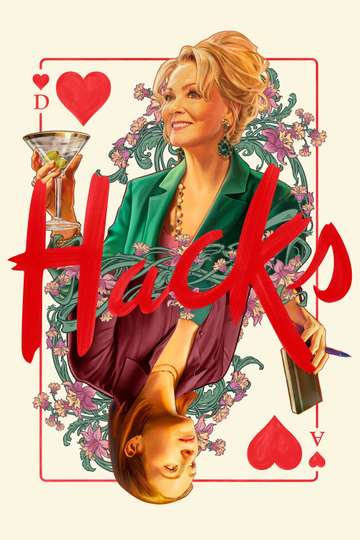Female Filmmakers in Focus: Núria Frigola Torrent on her new film 'The Song of the Butterflies'
This week, director Núria Frigola Torrent talks about her debut feature documentary ‘The Song of the Butterflies,’ and recommends the work of fellow Peruvian filmmakers Melina León and Heddy Honigmann.
'The Song of the Butterflies' - directed by Núria Frigola Torrent
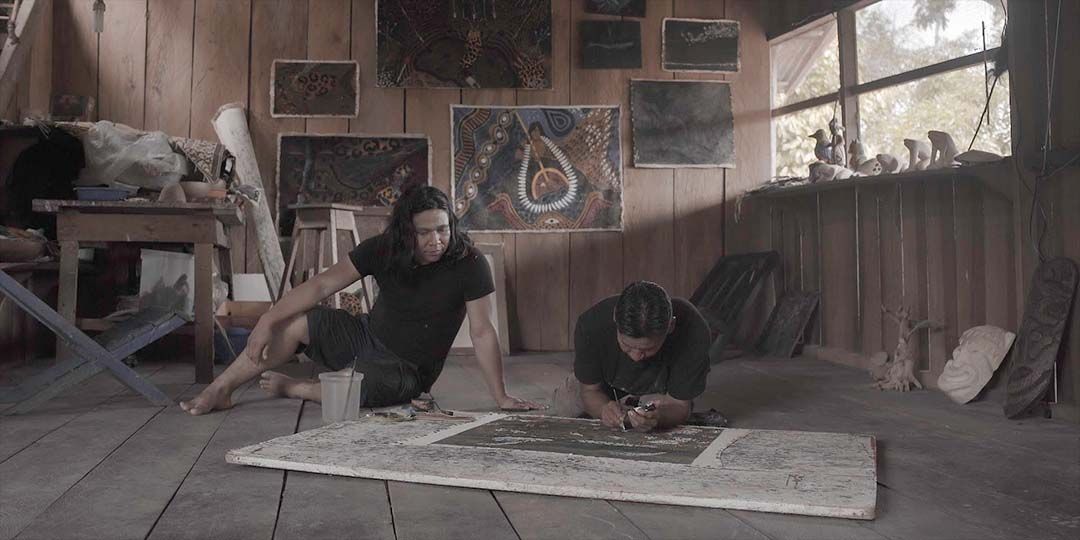
A scene from 'The Song of the Butterflies,' directed by Núria Frigola Torrent.
Born in the Catalonia region of Spain, Núria Frigola Torrent holds a degree in Audiovisual Communications and a Masters in Human Development. After several years working at Amnesty International, she switched to filmmaking and in 2015 produced the documentary ‘Daughter Of The Lake’ and directed a short called ‘Cebiche & pa amb tomata’. Her first feature as a director ‘The Song Of The Butterflies’ played at festivals around the world including the Guadalajara International Film Festival, Hot Docs, Havana Film Festival and Seattle International Film Festival.
‘The Song Of The Butterflies’ follows Rember Yahuarcani, an indigenous artist in Peru, as he traces his roots within the Uitoto Nation. The film follows Rember from his home in Lima where he works as an artist and activist to the Amazonian community of Pebas to visit his father, a painter, and his mother, a sculptor. While the documentary touches on aspects of the rubber boom and the atrocities it caused for the ingedinous people, it does not focus on the colonists. But rather, it puts the work of Rember and his connection to his people front and center.
‘The Song of the Butterflies’ is streaming for free at pov.org until October 29, 2021
Núria Frigola Torrent talked to us about making the movie.
Moviefone: How did you get involved in this project?
Núria Frigola Torrent: I’ve always had this obsession with identity, roots, and origins. I am an immigrant. I’m from a small village in the Catalonia region of Spain, and I immigrated to Peru. So this has interested me in all my works. In 2014, I was finishing the production on my first feature as a producer, ‘Daughter of the Lake.’ It’s a story about environmental conflict. The director of that film, Ernesto Cabellos, who has been a mentor to me, really pushed me to do my first film. While working with him all those years on the documentary, I did a short film. I was really encouraged by him. I was interested in identities, but when I started the project, I didn’t have the story. I just knew I wanted to work on identity and the diversity of the different nations in Peru. I started looking for characters. In documentary, at least in my methodology, is sort of casting and telling people I was looking for people who consider themselves indigenous living in Lima.
That’s when I met Rember, but the story of finding him was sort of a gift. Everything I was discovering about him and his family was more powerful. I approached him because he was an indigenous in Lima. He could have had any profession in the world, but he was an artist. That’s more interesting than being an accountant. All his family were artists. Then I discovered that his grandmother had to run away from the rubber boom horror. Then I discovered that his father made paintings about that. So everything was more and more interesting. And it was interesting that he didn’t want to paint about horror, but his father did. It was a gift that was given to get to tell this story with Rember based on the truth of their family.
MF: Can you talk about Rember Yahuarcani’s art and how it reflects the themes of the film?
Torrent: Rember and his family, both his father and mother, they are all artists. Being an indigenous artist in Peru is interesting because it has not a lot to do with being an artist in New York, or even in Lima. They are artists, but they are also hunters and farmers. They are self-taught. The family started doing art, but it wasn’t something traditional within their nation. Painting is traditional, but not how they do it. They developed their own style. His works portray a cosmic vision of the nation. He paints the stories his grandmother told him; legends and characters and magic stories of the jungle. He puts into colors and shapes very interesting characters and myths of Uitoto culture he received from his grandmother.
MF: How did you get the voice-over of his Grandmother Martha?
Torrent: The audio recordings came from different sources. We started working on the film in 2014, and I found the first footage of Martha in 2017. I found some personal footage from his family that was used in another work, and I saw this image of Rember being blessed by Martha. When I had started working with him, she had already died, and had asked him to give her message to the world. It was already the mission of the film, but when I saw that footage, I realized it was literal - his grandmother had asked him. That’s when I started to ask other filmmakers who had worked with his family before for footage, and also Rember and Santiago themselves had recorded Grandmother Martha. The idea is that Martha is like the big narrator of the film, not only for Rember, but she also guides the audience through this trip.
MF: What was the archival photo research process like?
Torrent: There were two sources. Most of them actually are from the slavers. During the rubber boom, those responsible for a lot of these atrocities was a company run by Peruvians, with some British capital. It was known as Casa Arana. There was an Irishman (Roger Casement) who started the international denouncement of the abuses at the rubber companies. Human rights as we see them now didn’t really exist by that name, but he did a sort of human rights research trip. Most of the pictures come from the company itself, who asked a photographer to take pictures, thinking that the pictures showed they were doing good work. That they were not slaving, but teaching the local people. But actually, the pictures are so colonial that what they reflect with our eyes today is very shocking. But those were pictures the company was trying to use to clean their image! There is also one picture, in the scene with the masks, that was made by Roger Casement himself.
MF: Were there challenges shooting in Amazonia?
Torrent: I had all kinds of challenges in the whole process. From creative crises to finding the money. I had all kinds of problems that are frequent in first time movies, but then shooting in the Amazonia is fascinating, but also very hard. One practical thing is that it’s very hard in terms of sound because what happens is, in the communities where we shot in both Colombia and Peru, the electricity is not present all the time. So from six to eight PM the generators of power are turned on and the sound gets impossible. Everyone turns music on, local churches start sermons. We shot footage over four or five different trips, and the first time I discovered that if we were there for ten days we didn’t actually have ten days. During the weekends the power was on and it was impossible to shoot. Then, for example, from noon to 1pm there was always music. So the shooting schedules were limited.
MF: Do you think film is an important way to preserve oral histories?
Torrent: For me, my film is a tool for collective memory. We have to decide how we use film. It’s very important that I am a foreigner giving my profession, filmmaking, to a story that doesn’t belong to me. It was very important what kind of story we were giving to history. It was something we negotiated with Rember, but also with the community of La Chorrera. When we got permission to film there, it was not something formal with paper. It was the wise old men telling me, “Yes, you can shoot with our people.” The leader told me that they didn’t want to put the rubber boom disaster in the front. They are very poetic, as you can see with Martha's words, so he told me, “We’ve already buried the bean of sorrow. Now we want to fulfill the bean of abundance.” So, in some way in Colombia, they had lived 100 years ago the disaster of the rubber boom, but afterwards they have had other lives. They don’t want to look all the time at the past with grief. They want to move on. Rember’s father is very into transferring history through art, even to his grandchildren, but Rember says, “I do not want to paint, and I cannot paint, sad things.” I think as a foreigner myself, I was very eager to talk about the history of that injustice, but I wanted more than that to respect the point of view of the community I was giving the story to. It’s that this happened, but they are not only that. They are living. They are creators. In some way, this story is how they are still alive and that is the main message.
MF: What do you hope people take away from watching this doc?
Torrent: It’s an invitation to think about your own origin. I hope this works both for someone who may watch the film where it was shot, but also it could work for an indeginous person in Arizona, or work for someone who is from Los Angeles, but is not of indeginous origin. The thing is that you think about yourself and where you come from, or ask your parents what do you know about our grandparents? Also, maybe people go to Google and look up the rubber boom and ask themselves about what happened. Mainly, it’s an invitation to connect with who we are in the world. Where do we come from?
MF: Do you have another film directed by a woman that you would recommend to readers?
Torrent: I was definitely inspired by women. I’m glad there’s now a big movement to support women filmmakers and women creators in general. It is very inspiring for me to see colleagues in Peru and in Latin America making films and doing them our way. Like Melina León, who is a fiction filmmaker from Peru. One day I was interviewing her, and she talked about seeing images of male filmmakers and feeling like she wasn’t identified as a director because it was such a masculine way of directing, and she couldn’t see herself there. Maybe that’s why many of us didn’t think we were good directors, because that’s not how we work. She said that she had to find her own way. When I heard that I felt so identified because of learning how to do a film as a woman, being myself and not like anyone else, and trusting that my way, that was maybe softer in the theme and the way of approaching people, was correct. It was not that I had no leadership or something like that. I think it’s important to find your own way. Another mentor, Heddy Honigmann, who is a Dutch-Pereuvian filmmaker who has been my master in workshops, and whose films are really aspiring.
‘Song Without a Name’ - directed by Melina León
Pamela Mendoza in 'Song Without a Name'
Peruvian director Melina León received an MFA from Columbia University. Her short film ‘El Paraíso de Lili (Lili’s Paradise)’ played at the 47th New York Film Festival. Her debut feature film ‘Song without a Name (Canción sin Nombre)’ premiered at Cannes Director’s Fortnight in 2019 where it was nominated for the Caméra d’Or. It became the Peruvian entry for the Best International Feature, though it was not nominated. Set in 1988, it was inspired by a human trafficking incident first reported by her father Ismael Leon.
‘Crazy’ - directed by Heddy Honigmann

Pamela Mendoza in 'Song Without a Name'
Peruvian director Melina León received an MFA from Columbia University. Her short film ‘El Paraíso de Lili (Lili’s Paradise)’ played at the 47th New York Film Festival. Her debut feature film ‘Song without a Name (Canción sin Nombre)’ premiered at Cannes Director’s Fortnight in 2019 where it was nominated for the Caméra d’Or. It became the Peruvian entry for the Best International Feature, though it was not nominated. Set in 1988, it was inspired by a human trafficking incident first reported by her father Ismael Leon.
‘Crazy’ - directed by Heddy Honigmann
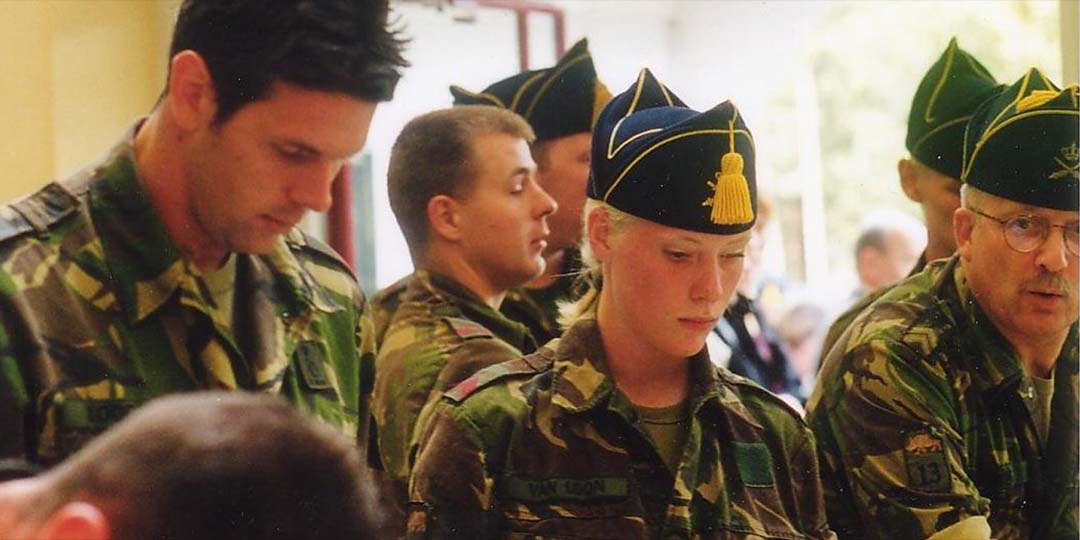
Dutch UN soldiers departing to Kosovo in 'Crazy'
Born in Lima, Peru to Polish Jewish immigrants, Heddy Honigmann later immigrated to the Netherlands. She has directed over 20 short and feature films, oscillating between fiction and documentary cinema. The Museum of Modern Art in New York, International Documentary Film Festival Munich, and Centre Pompidou in Paris have all held retrospectives of her films. Her 1999 documentary ‘Crazy’ about the traumatic effects of war on the soldiers of United Nations peacekeeping missions received multiple international awards.
Crazy
The haunting experiences of Dutch UN peacekeepers are woven together by the powerful influence music has had on their endurance survival and memories of war This... Read the Plot

